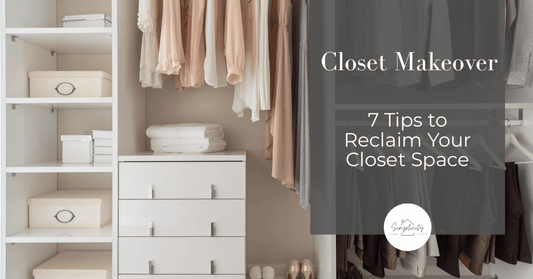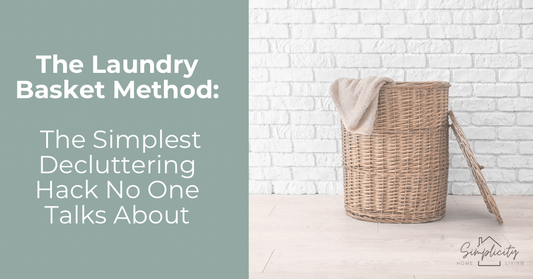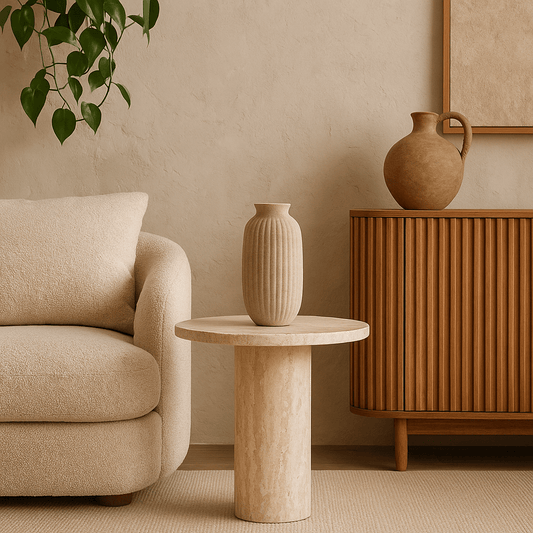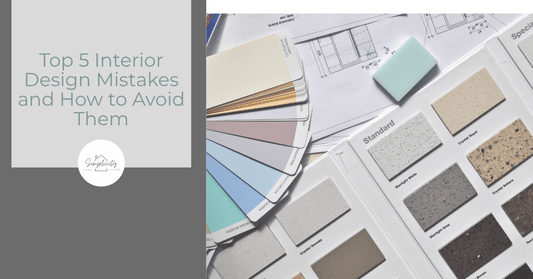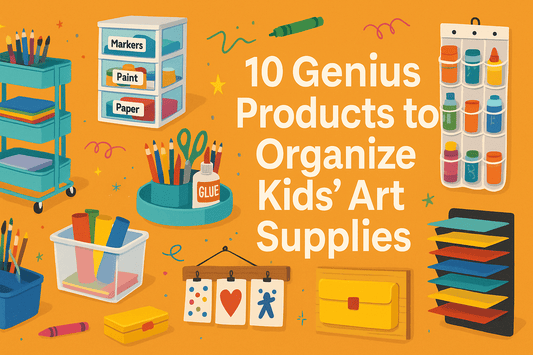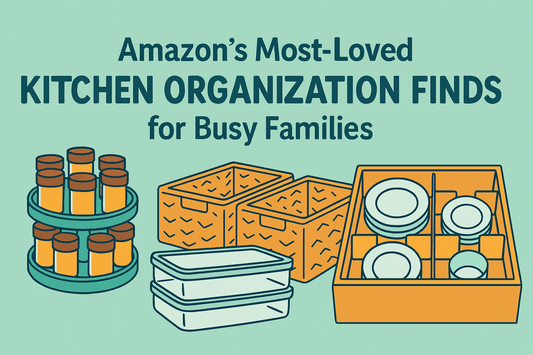Let’s be honest—keeping a home organized with kids can feel like an uphill battle. Toys multiply, clothes pile up, and random treasures from nature walks seem to appear in every corner. While it’s easy to feel overwhelmed, creating a functional and organized space with little ones around is completely possible.
The key? Systems that are simple, visual, and easy enough for even a toddler to use. When your organization methods meet your kids where they are developmentally, you'll find less resistance and more cooperation. Bonus: you're also teaching them responsibility and independence along the way!
Here are five tried-and-true kid-friendly home organization hacks that actually work—because a tidy home *and* happy kids can go hand in hand.
1. Use Picture Labels for Bins and Drawers

Young children may not be able to read yet, but they can definitely recognize images. That’s why using picture labels is one of the easiest ways to help kids stay organized.
How to do it: Print simple images and tape them to storage bins, cubbies, or drawers. If your child is learning to read, pair the picture with the word to boost literacy, too.
Why it works: Picture labels make it crystal clear where things belong, reducing the need for constant reminders. Cleanup becomes a visual matching game instead of a guessing game.
2. Create a Kid-Level Command Center
A “command center” isn’t just for adults. Having a designated, accessible spot for kids to keep track of their backpacks, shoes, and daily essentials helps reduce morning chaos and encourages routine building.
How to do it: Use low hooks for backpacks and coats, baskets for shoes, and a visual calendar or checklist they can interact with. Include a small whiteboard where they can check off daily tasks like “pack lunch” or “put homework away.”
Why it works: Kids crave structure, and when everything has a home they can reach and manage themselves, they’re more likely to stay on track without constant help.
3. Rotate Toys to Avoid Overwhelm

One of the biggest clutter culprits in a home with kids is too many toys. Ironically, the more toys that are available, the less likely kids are to engage deeply with any of them.
How to do it: Store a portion of your child’s toys in bins or totes out of sight. Every few weeks, rotate a new batch in and put another batch away. Let your child help with the rotation to build excitement.
Why it works: Fewer toys out at once means less mess, more creativity, and easier cleanup. Toy rotation keeps things fresh and fun without adding more clutter.
4. Designate “Drop Zones” in Every Room
Kiddos have a natural tendency to leave things wherever they land—so meet them halfway by creating “drop zones” in key areas of your home.
How to do it: Place small baskets or trays in places where clutter tends to gather: by the couch for books or blankets, in the kitchen for artwork and school papers, or next to the tub for bath toys.
Why it works: Instead of trying to change your child's behavior completely, you're guiding it. Drop zones give their items a temporary home and make tidying part of your natural rhythm.
5. Make Cleaning a Game

Let’s face it—“clean your room” rarely sparks joy in kids. But turning tidying into a game? Totally different story.
How to do it: Use a timer and challenge your child to beat the clock. Play “clean-up freeze dance” with their favorite songs. Use color-coding to make sorting part of the fun. Reward progress with praise or a sticker chart.
Why it works: Kids love play and challenge. Turning cleaning into a game creates a positive emotional connection and builds lasting habits through fun, not force.
Final Thoughts: Simplify Together
Home organization with kids doesn’t have to be a daily struggle. When you create simple, accessible systems and involve your children in the process, you empower them to take ownership of their space. That’s not just good for your sanity—it’s good for their development, too.
Remember, progress is more important than perfection. Even small steps toward more organized habits can have a big impact on your family’s daily life. Try one or two of these hacks this week and see how your space—and your stress levels—start to shift.
✨ Looking for more family-friendly decluttering tips? Download our free Room-by-Room Decluttering Checklist to start simplifying with purpose today.



